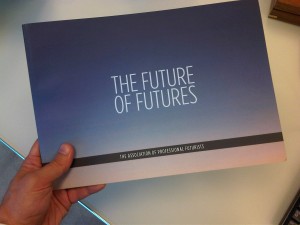This week I participated in the Symposium on Design Fiction. I felt that despite reading all the readings most of them eventually pointed to the fact that Design fiction allowed all of us, and not just designers to explore our creativity, think out of the box and anticipate the unanticipated. “prepare for the future” a future the does not seem realistic. What we consider the most basic part of technology like ” texting” was something that anyone would have imagined possible 30 years ago. Therefore, why are we questioning the impossible? Why not we instead allow the concept of design fiction to help us explore and create better innovations for the future?
Through design fiction and the symposium I learn that it brings about the concepts of what ifs and how it does not merely apply in design terms but can aid to change a cultural perspective or maybe even a community. We are able to use fiction as a testing ground for any sort of possibilities. It allows us to create a space with boundaries and make mistakes over and over again without any consequences and outcomes.
I felt that after all the readings and talking, there was not much to talk about because it all led up to the same conclusions and ideas on design fiction. Maybe there were more that we could explore, however the symposium ended rather quickly because I felt the concept of design fiction could only help us to see the world as what it could be instead of seeing the world as it already is.
Using the concept of design fiction for the advancement of technology is a huge deal and something we can look forward to using in the future. Design fiction, though many ideas may seem unrealistic at this present point, we are hopeful that alongside the advancement of technology, we can use design fiction and its ideas to push and challenge boundaries and one day create better forms of technology that can help better society.

